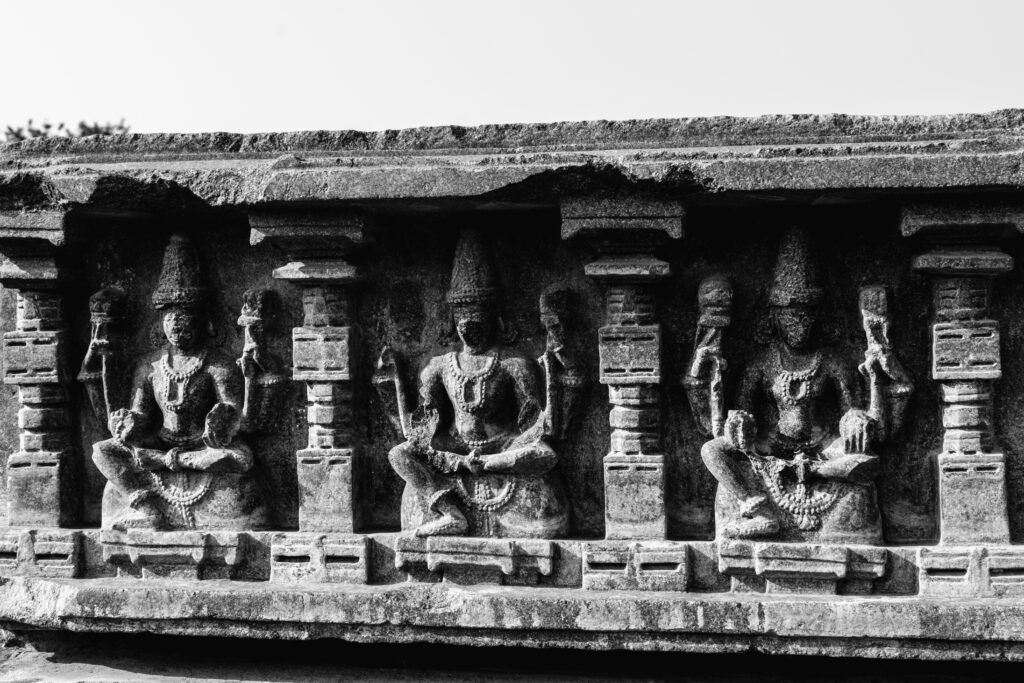
Over 2,500 years ago, diamonds were first discovered in India, and in the ancient world, were said only to exist there. Up until the mid-1700s, India was a diamond’s sole source.
First found after thunderstorms in the fields of central India, locals believed that thunderstorms and lightning strikes were providing them with these precious jewels. However, it was later discovered that they lived above a colluvial deposit, meaning that the diamonds were deposited by wind and rain. Rain and storms would wash away the top layer of soil, revealing the stones. Following their discovery, diamonds were used as religious icons, talismans to ward off evil spirits, cutting tools, and were used to adorn the eyes of Hindu deities in sculpture. They were said to have metaphysical and healing properties — heavily inspiring their involvement in religion, ayurvedic medicine, and even battle.
These said metaphysical properties were largely appealing to local Indians, as during that time, these diamonds were not cut, shaped, or polished— garnering a different response and used for their practicality. Owners of the most beautiful diamonds were treated as a higher authority, claiming to be blessed with immense luck, wealth, harvest, protection from evil, and more.
In their medicinal traditions, diamonds emitted healing energies that helped people recover from various ailments such as skin and stomach irritations, reproductive problems, depression, nightmares, and more!
In Hindu battle traditions, the kings and soldiers wore diamond studded breastplates, as diamonds were believed to be blessed by God and given powers no earthly inhabitant could fathom to understand. Wearing them provided warriors with a sense of power, nobility, and Godly protection.
All of these examples only touch the surface of diamond use in ancient Indian practices.
Now, diamond mining has expanded to a vast array of countries and is no longer as functional and resourceful in India as it once was. However, the country still remains connected to the stones, as it is responsible for over 90% of diamond processing, making it the largest polishing hub in the world!
Fun fact: the Kohinoor diamond, one of the jewels in the British crown, was originally installed as an eye of the Hindu goddess Bhadrakali of Warangal. In the 1300s, the diamond was said to be stolen by Ghiyath al-Din Tughluq after he defeated the Kakitaya rulers and began its long and winding journey— ending up in the British monarchy’s possession.

